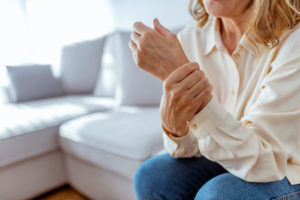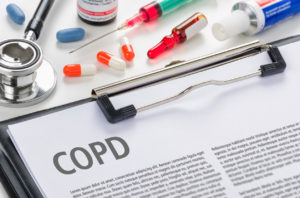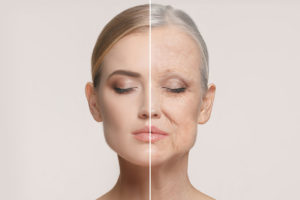There are headaches. And then there are migraines. Migraines can cause moderate to severe pain that can be affected by your diet, stress, medications, sleep patterns or environmental factors like certain odors, altitude changes and weather. Because there is no cure for migraines, the best way to manage them is by familiarizing yourself with your unique set of triggers. This way you may be able to not only manage your migraines, but also reduce or even pre-empt them from occurring. Here are some ways how.
Eat well and don’t skip meals
Eating sporadically, skipping meals, or eating foods that are loaded with MSG, fats and sodium, can trigger migraines. Your best bet is to stick to whole and natural foods that are unprocessed, lower your sodium intake, stay hydrated and don’t skip meals. Avoid pickled or marinated foods, as they are loaded with salt and additives; likewise, avoid alcohol.
Try Coffee
Many people report that a cup of coffee can offset migraine symptoms. If a cup of coffee helps, drink it early in the day so you don’t lose sleep at night.
Scent-free Zones
While it’s hard to avoid every triggering scent – especially if you work in an open office or ride public transportation – there are ways to reduce their triggers, especially in your home. Opting for scent-free cleaning supplies and detergents, bath and beauty products, and candles is a good start. Ask friends and guests to respect your scent-free home by not wearing perfume on visits; also speak to your human resource office at work to see if they have a scent-free office policy.
Medications
Certain medications you may be prescribed can trigger migraines. If you feel this is the case, be sure to speak with your family medicine provider to see if there are other medications or strategies you can use to reduce or eliminate this trigger.
Hormone Changes and Medication
The hormonal changes associated with menstruation and menopause and the medications used to treat them may trigger migraines. The same goes with the hormonal changes that come with pregnancy. Again, speak to your family medicine provider for alternate medications or strategies to minizine the frequency of migraines.
Stress
Stress is a huge trigger; that said it’s not always easy to eliminate all stressors in your life. However, you may consider increasing your exercise levels and focus on wellness to reduce stress levels.
Maintain Adequate Sleep Levels
Not getting enough sleep or constantly changing your sleep schedule can result in migraines. Try to find enough time to get restful sleep at regular hours to reduce your risk of getting migraines.
Sensitivity to Light
Bright lights, glares and fluorescent lighting all can have their effects. That’s why light sensitivity is one of the many reasons those with migraines develop “auras” – seeing flashes or flickering light in the form of stars, spots or halos. If possible, opt for natural lighting. Use computer screen filters to reduce glare. And consider getting an eye check-up, as your migraines may be the result of an eye issue or need of a new glasses or contact prescription.
Changes in Weather, Seasons or Pressure
Many people experience migraines as the barometric pressure drops, or during change of seasons. Understanding how your body adjusts to these changes – and when they occur in your area – can help you prepare for the possibility of migraines.
Know Your Triggers
Before your migraines take full hold, look for any signs such as mood changes, frequent bathroom breaks, random food cravings, and increased sleepiness. If you notice any of these symptoms, find a comfortable space that works for you – it should have dim natural lighting, is quiet and is comforting.
Primary Care in Wellington & Royal Palm Beach
No one should have to deal with migraines. If you are looking for expert medical care that can help you manage your symptoms, then it’s time to reach out to Advance Medical Clinic. With expertise in primary family and internal medicine, our expert providers are caring and compassionate, offering personalized care to you and your loved ones. If you are experiencing a migraine or its symptoms, or are looking to work with a primary care provider for any reason, seek out an expert. If you live in or around Wellington or Royal Palm Beach, call Advanced Medical Clinic today at (561) 434-1935 or request an appointment. We look forward to meeting you!











